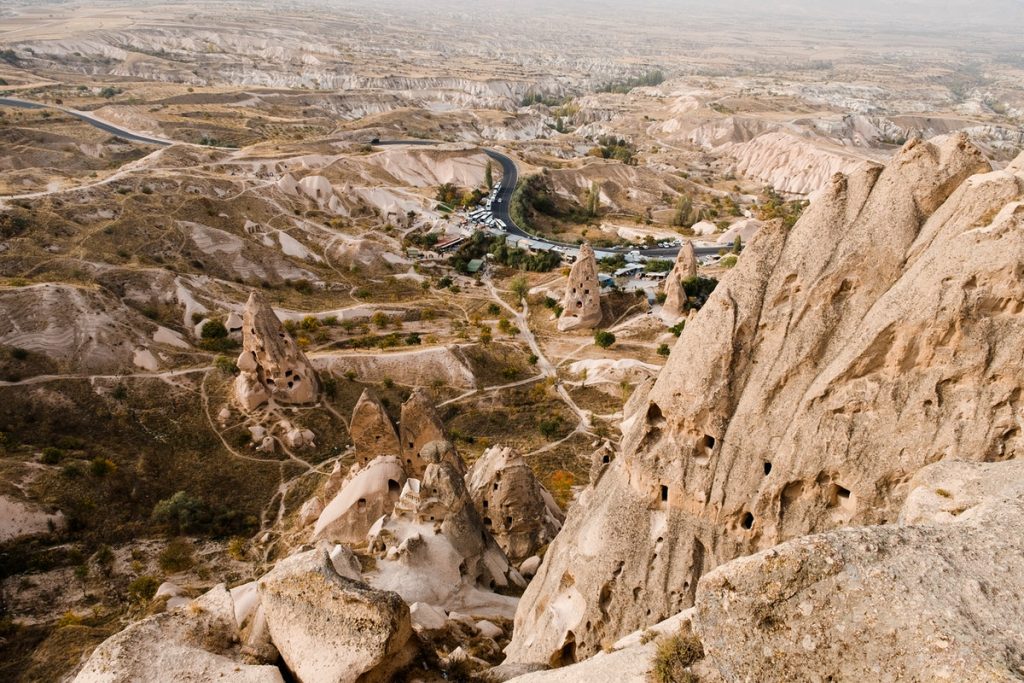When you’ve spent a huge chunk of your time beautifying your garden, the next step you need to do is take care of it. However, even in the littlest gardens, soil erosion is prevalent. This can be avoided, though, by keeping the soil moist, installing gutters and planting more.
What is soil erosion?
Soil erosion is the deterioration and deformation of soil. This happens when “the impact of water or wind detaches and removes soil particles.” This poses a threat to agriculture and water quality as the damaged top layer of soil may infiltrate streams and waterways.
Once the topmost layer has been washed down, growing plants may be challenging since this layer carries most of the nutrients coming from the earth. The key to avoiding soil erosion is to protect the soil from impact and ensure that there are roots holding it down.
Here are ways to prevent soil erosion from happening in the garden:
1. Keep the soil moist at all times
Finding the perfect balance between overwatering and underwatering may keep soil from eroding. Take note of the appearance of the soil. If the soil is already looking grayish and dust-like, that means it has gotten too dry. When this happens, wind may easily blow away the upper layers of soil.
If the soil is approaching a mud-like appearance, that means you’ve overwatered it, and this could expose the plants to root rot that will eventually cause them to die. The perfectly moist soil will prevent it from running off during the rain and prevent the wind from carrying it away.
2. Protect it from the rain
Smaller garden spaces at home may have plant boxes right under the roof gutter. As a result, the strong impact of rain from the roof destroys the plants and results in soil erosion. One way to prevent this from happening is by applying rain gutters here in your Salt Lake City home.
This is especially important because the average rainfall in this city can reach up to 20 inches. Rain gutters act as a funnel to allow rainwater to flow off the roof. It prevents strong rainfall from going directly to the floor because when this happens, little splashes of water can get everywhere, damaging some parts of your house.
For example, if you have wood doors, the wood will slowly deteriorate due to exposure to water. It can also cause the paint to chip off the walls. With the use of rain gutters, damages can be avoided.
3. Plant more

Plants act as the soil’s protection as they serve as a covering layer, and their roots hold the soil together. During rainfall, plants prevent raindrops to directly impact the soil, preventing deformation. It also covers the soil from strong winds so that the topmost layer does not get blown away.
In the case of heavy rains and strong water flow, the roots of the plants will keep the soil together so that they do not get washed away into water streams. This is because roots slow down the flow of water by obstructing them along the way.
Soil erosion is an ongoing threat to the planet as land is necessary for agriculture and livestock. In addition to this, it also affects water sources by clogging waterways, affecting marine life and causing floods.
By preventing soil erosion at home, you can help prevent these devastating effects in your own little way.

